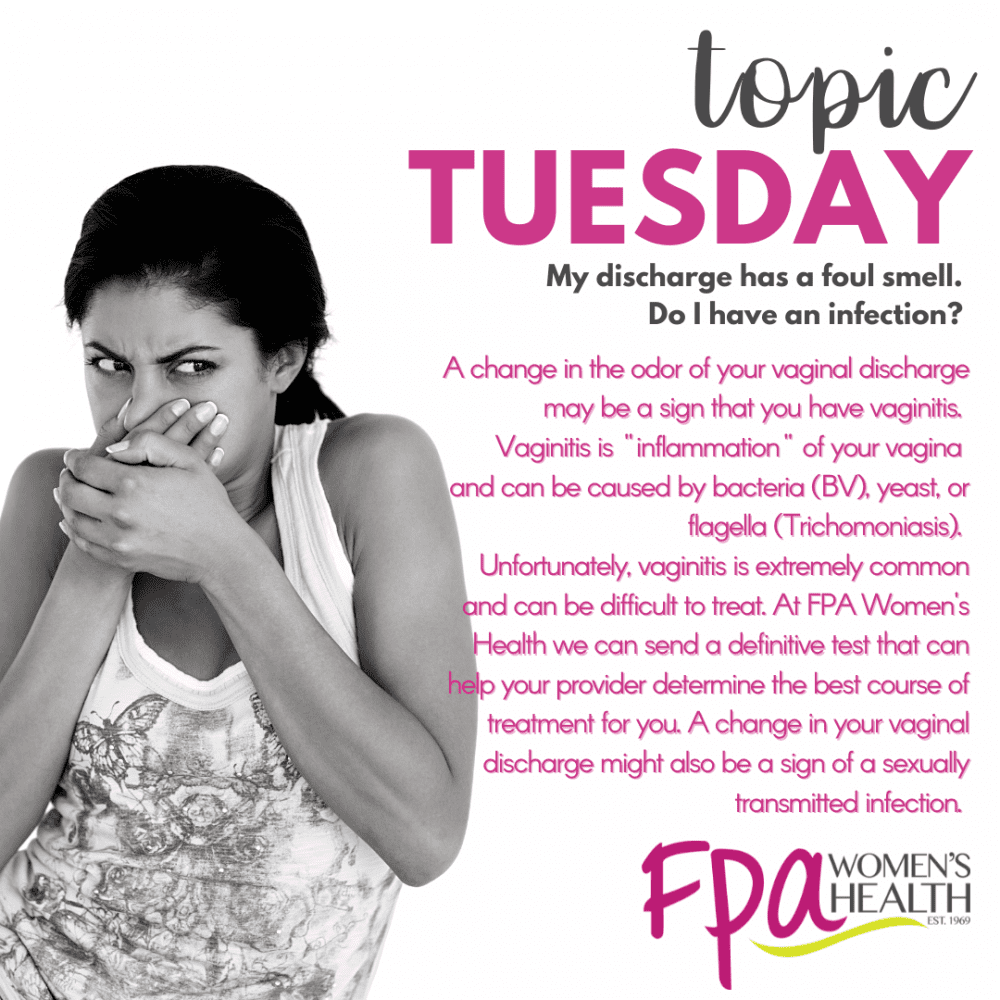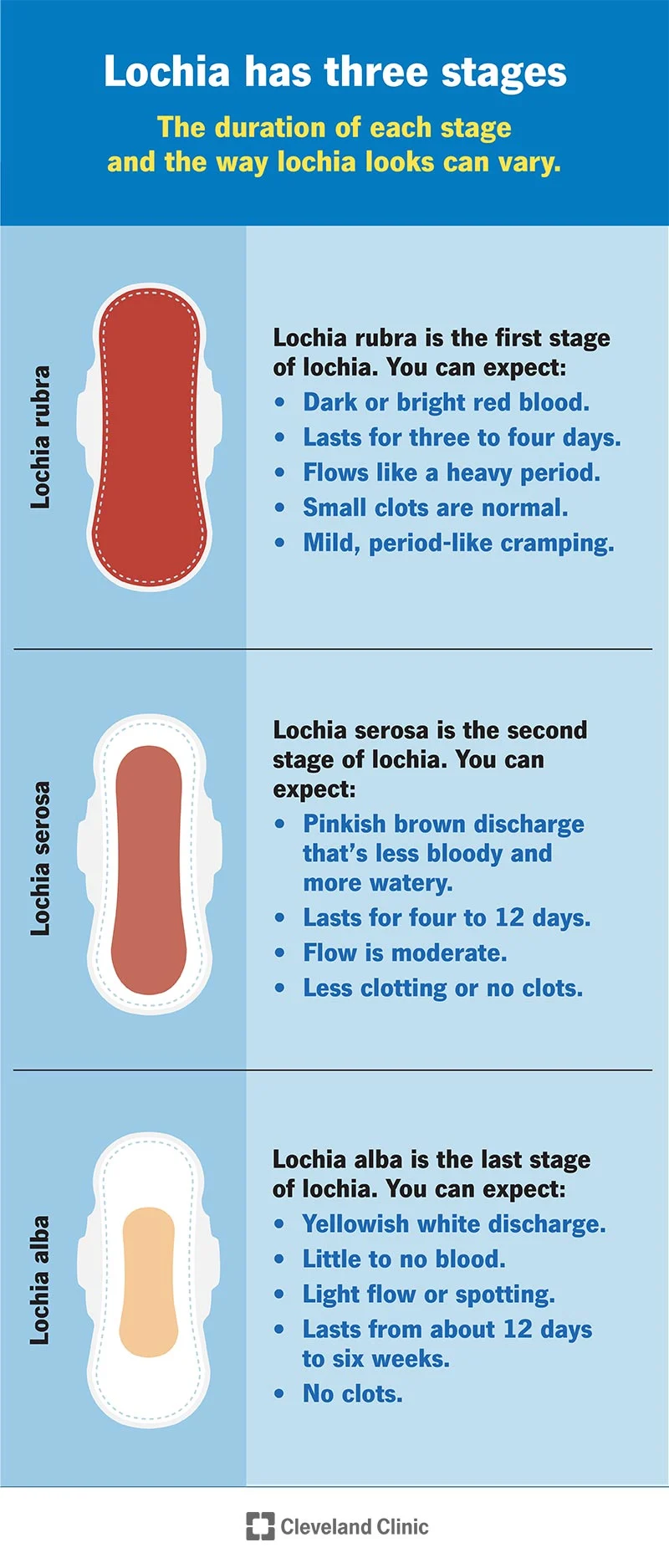Foul Smelling Discharge After Birth
Foul Smelling Discharge After Birth - It is a common concern for many women and is often a part of the normal healing and recovery process after childbirth, says obstetrician and. Its presence can alter your natural scent due to its composition and the fact that it provides a medium for bacterial growth. It contains a mix of blood, mucus and uterine tissue. This can also be an indication that something is wrong. After giving birth, many women experience vaginal discharge known as lochia. Persistent bleeding or bleeding that gets heavier, along with blood clots. Postpartum vaginal odour is an unusual smell from the vagina after giving birth. Lochia is the vaginal discharge you have after giving birth. It has a stale, musty odor like menstrual period discharge and can last several weeks. Lochia is the vaginal discharge that occurs after giving birth, containing blood, mucus, and uterine tissue.
It contains a mix of blood, mucus and uterine tissue. This can also be an indication that something is wrong. It is a common concern for many women and is often a part of the normal healing and recovery process after childbirth, says obstetrician and. Lochia is the vaginal discharge that occurs after giving birth, containing blood, mucus, and uterine tissue. It has a stale, musty odor like menstrual period discharge and can last several weeks. Lochia is the vaginal discharge you have after giving birth. Lochia is heavy at first but. Persistent bleeding or bleeding that gets heavier, along with blood clots. Postpartum vaginal odour is an unusual smell from the vagina after giving birth. Its presence can alter your natural scent due to its composition and the fact that it provides a medium for bacterial growth.
Lochia is the vaginal discharge that occurs after giving birth, containing blood, mucus, and uterine tissue. It is a common concern for many women and is often a part of the normal healing and recovery process after childbirth, says obstetrician and. Lochia is the vaginal discharge you have after giving birth. This discharge is a combination of blood, mucus, uterine tissue, and other substances that are part of the postpartum healing process. It has a stale, musty odor like menstrual period discharge and can last several weeks. Postpartum vaginal odour is an unusual smell from the vagina after giving birth. After giving birth, many women experience vaginal discharge known as lochia. Lochia is heavy at first but. Persistent bleeding or bleeding that gets heavier, along with blood clots. Its presence can alter your natural scent due to its composition and the fact that it provides a medium for bacterial growth.
Mucous Discharge in Haemorrhoids/ Piles Sticky Foul Smelling
Lochia is the vaginal discharge that occurs after giving birth, containing blood, mucus, and uterine tissue. After giving birth, many women experience vaginal discharge known as lochia. Persistent bleeding or bleeding that gets heavier, along with blood clots. This can also be an indication that something is wrong. Postpartum vaginal odour is an unusual smell from the vagina after giving.
smelly discharge pregnancy sign prenatal vitamins
Lochia is the vaginal discharge you have after giving birth. Lochia is the vaginal discharge that occurs after giving birth, containing blood, mucus, and uterine tissue. Lochia is heavy at first but. It contains a mix of blood, mucus and uterine tissue. This can also be an indication that something is wrong.
Discharge With a Foul Odor FPA Women's Health
After giving birth, many women experience vaginal discharge known as lochia. It is a common concern for many women and is often a part of the normal healing and recovery process after childbirth, says obstetrician and. Lochia is the vaginal discharge that occurs after giving birth, containing blood, mucus, and uterine tissue. Its presence can alter your natural scent due.
Algorithm for foul‐smelling or purulent amniotic fluid. Download
After giving birth, many women experience vaginal discharge known as lochia. It is a common concern for many women and is often a part of the normal healing and recovery process after childbirth, says obstetrician and. It contains a mix of blood, mucus and uterine tissue. Its presence can alter your natural scent due to its composition and the fact.
PPT E N T IN DAILY PRACTICE. PowerPoint Presentation, free download
Its presence can alter your natural scent due to its composition and the fact that it provides a medium for bacterial growth. It has a stale, musty odor like menstrual period discharge and can last several weeks. Lochia is the vaginal discharge you have after giving birth. Lochia is heavy at first but. It is a common concern for many.
What is Postpartum Lochia? What You Need to Know Baby Chick
Persistent bleeding or bleeding that gets heavier, along with blood clots. Lochia is heavy at first but. Lochia is the vaginal discharge you have after giving birth. It has a stale, musty odor like menstrual period discharge and can last several weeks. Its presence can alter your natural scent due to its composition and the fact that it provides a.
leucorrhoea ,vaginal discharge, smell, women should know intouchmedicare
Lochia is the vaginal discharge that occurs after giving birth, containing blood, mucus, and uterine tissue. This can also be an indication that something is wrong. Lochia is the vaginal discharge you have after giving birth. It has a stale, musty odor like menstrual period discharge and can last several weeks. This discharge is a combination of blood, mucus, uterine.
How To Treat Foul Smelling Discharge After Abortion? Signs & Symptoms
Lochia is heavy at first but. After giving birth, many women experience vaginal discharge known as lochia. It is a common concern for many women and is often a part of the normal healing and recovery process after childbirth, says obstetrician and. Lochia is the vaginal discharge that occurs after giving birth, containing blood, mucus, and uterine tissue. It contains.
Lochia Stages of Postpartum Bleeding, Smell, SelfCare
Lochia is heavy at first but. This discharge is a combination of blood, mucus, uterine tissue, and other substances that are part of the postpartum healing process. It contains a mix of blood, mucus and uterine tissue. Lochia is the vaginal discharge that occurs after giving birth, containing blood, mucus, and uterine tissue. Lochia is the vaginal discharge you have.
(PDF) Diagnostic challenge in a case of foulsmelling vaginal discharge
It contains a mix of blood, mucus and uterine tissue. This discharge is a combination of blood, mucus, uterine tissue, and other substances that are part of the postpartum healing process. Lochia is heavy at first but. Persistent bleeding or bleeding that gets heavier, along with blood clots. Lochia is the vaginal discharge you have after giving birth.
Persistent Bleeding Or Bleeding That Gets Heavier, Along With Blood Clots.
Lochia is the vaginal discharge you have after giving birth. It has a stale, musty odor like menstrual period discharge and can last several weeks. Postpartum vaginal odour is an unusual smell from the vagina after giving birth. Lochia is heavy at first but.
Its Presence Can Alter Your Natural Scent Due To Its Composition And The Fact That It Provides A Medium For Bacterial Growth.
It is a common concern for many women and is often a part of the normal healing and recovery process after childbirth, says obstetrician and. Lochia is the vaginal discharge that occurs after giving birth, containing blood, mucus, and uterine tissue. After giving birth, many women experience vaginal discharge known as lochia. This can also be an indication that something is wrong.
This Discharge Is A Combination Of Blood, Mucus, Uterine Tissue, And Other Substances That Are Part Of The Postpartum Healing Process.
It contains a mix of blood, mucus and uterine tissue.








:max_bytes(150000):strip_icc()/lochia-5186843-Final-090b3d45679b457db4cbc95d685c6db5.jpg)
